Dynamics and Relativity - tool for solving dynamics and relativity problems.
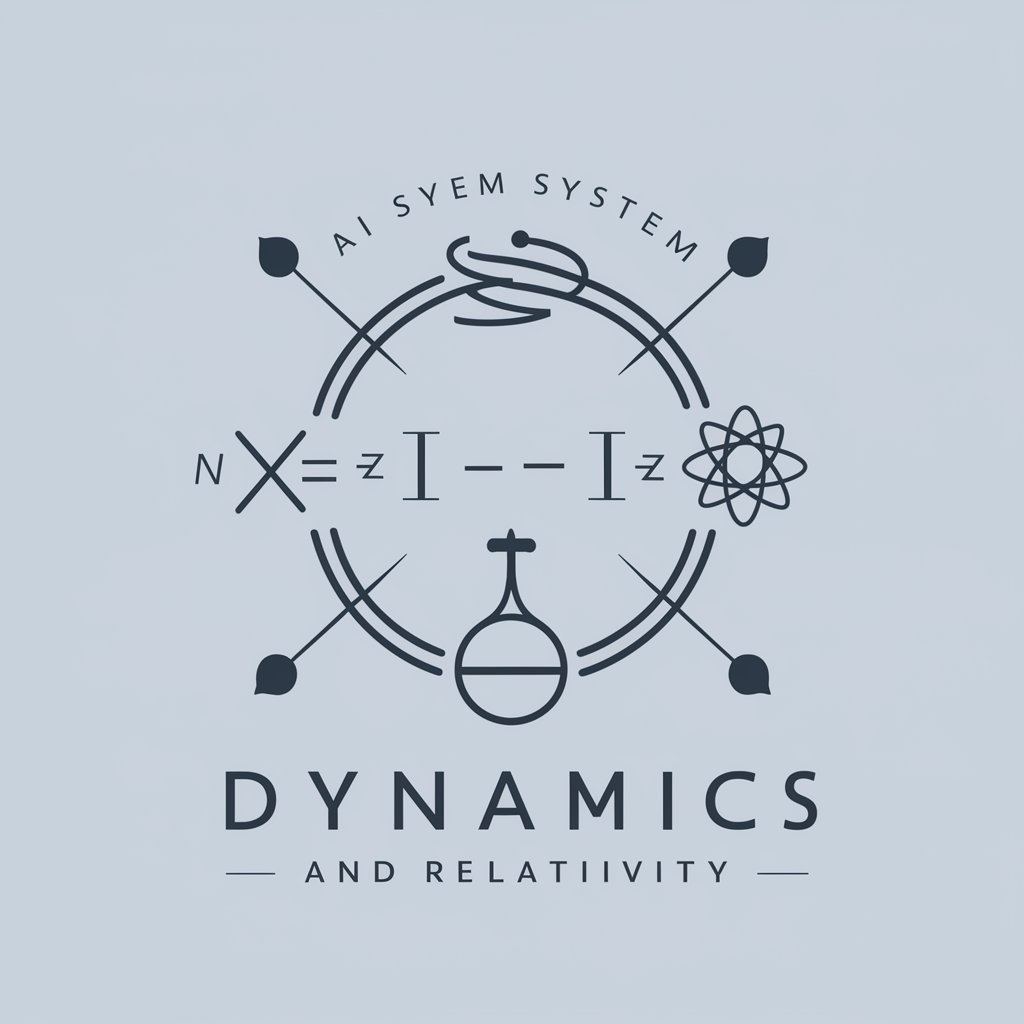
Welcome to Dynamics and Relativity!
Unlock the power of AI in physics solutions.
Explain the concept of special relativity and its implications.
How do Newton's laws of motion apply to real-world scenarios?
Solve a dynamics problem involving variable mass systems.
Describe the significance of conservation laws in physics.
Get Embed Code
Introduction to Dynamics and Relativity
Dynamics and Relativity is a specialized service designed to provide thorough solutions to problems in the field of university-level physics, specifically focusing on dynamics and relativity. Its primary purpose is to aid students and researchers in understanding and solving complex problems related to the motion of objects and the effects of relativity in various physical phenomena. This service leverages principles from classical mechanics, including Newton's laws of motion, as well as concepts from Einstein's theory of relativity, such as time dilation and length contraction. To illustrate, consider a scenario where a student is studying the motion of a projectile under the influence of gravity. Dynamics and Relativity would provide step-by-step solutions, incorporating relevant equations of motion and gravitational effects, to determine the trajectory of the projectile. Similarly, in the context of relativity, if a researcher is investigating the effects of time dilation in high-speed travel, Dynamics and Relativity would offer detailed explanations and calculations to quantify the observed time discrepancies. Powered by ChatGPT-4o。

Main Functions of Dynamics and Relativity
Problem-solving in dynamics
Example
Calculating the trajectory of a projectile launched at an angle to the horizontal
Scenario
A student studying mechanics needs to determine the range of a projectile launched from a certain height with a given initial velocity and angle. Dynamics and Relativity provides a comprehensive solution by considering the equations of motion, gravitational acceleration, and the projectile's initial conditions.
Problem-solving in relativity
Example
Calculating time dilation effects in a high-speed spacecraft
Scenario
A researcher is analyzing the consequences of time dilation in interstellar travel. By inputting the spacecraft's velocity relative to Earth and the duration of the journey, Dynamics and Relativity calculates the discrepancy in elapsed time between the traveler and stationary observers due to relativistic effects.
Step-by-step solutions
Example
Detailed breakdown of equations and concepts
Scenario
For complex problems involving dynamics and relativity, Dynamics and Relativity offers step-by-step solutions, guiding users through the application of relevant equations and principles. This facilitates a deeper understanding of the underlying physics concepts and enhances problem-solving skills.
Conceptual explanations
Example
Clarifying fundamental principles and theories
Scenario
In addition to numerical solutions, Dynamics and Relativity provides conceptual explanations of key physics principles and theories. This assists users in grasping the theoretical foundations behind various phenomena, promoting a holistic understanding of dynamics and relativity.
Ideal Users of Dynamics and Relativity
University students studying physics or engineering
University students enrolled in physics or engineering programs benefit from Dynamics and Relativity by gaining access to comprehensive solutions and explanations for dynamics and relativity problems encountered in coursework. These students require assistance with understanding complex physics concepts and solving challenging problems, making Dynamics and Relativity an invaluable resource for academic success.
Researchers and professionals in physics or astrophysics
Researchers and professionals engaged in physics or astrophysics research rely on Dynamics and Relativity to analyze and solve complex problems related to motion and relativity. Whether investigating celestial mechanics or designing experiments to test relativistic effects, these users require precise calculations and in-depth explanations, which Dynamics and Relativity provides to support their scientific endeavors.
Educators and tutors teaching physics
Educators and tutors tasked with teaching physics at the university level utilize Dynamics and Relativity as a supplementary resource to enhance student learning. By accessing detailed solutions and explanations, educators can better explain challenging concepts, facilitate classroom discussions, and provide additional practice problems to reinforce students' understanding of dynamics and relativity.

How to Use Dynamics and Relativity
Visit yeschat.ai for a free trial without login, also no need for ChatGPT Plus.
Access the Dynamics and Relativity tool from the homepage or search bar.
Upload or input your Dynamics and Relativity problem or equation.
Review the solution provided by the tool, including step-by-step explanations.
Download or copy the solution for further study or reference.
Try other advanced and practical GPTs
Python GPT
Empower your Python projects with AI guidance.
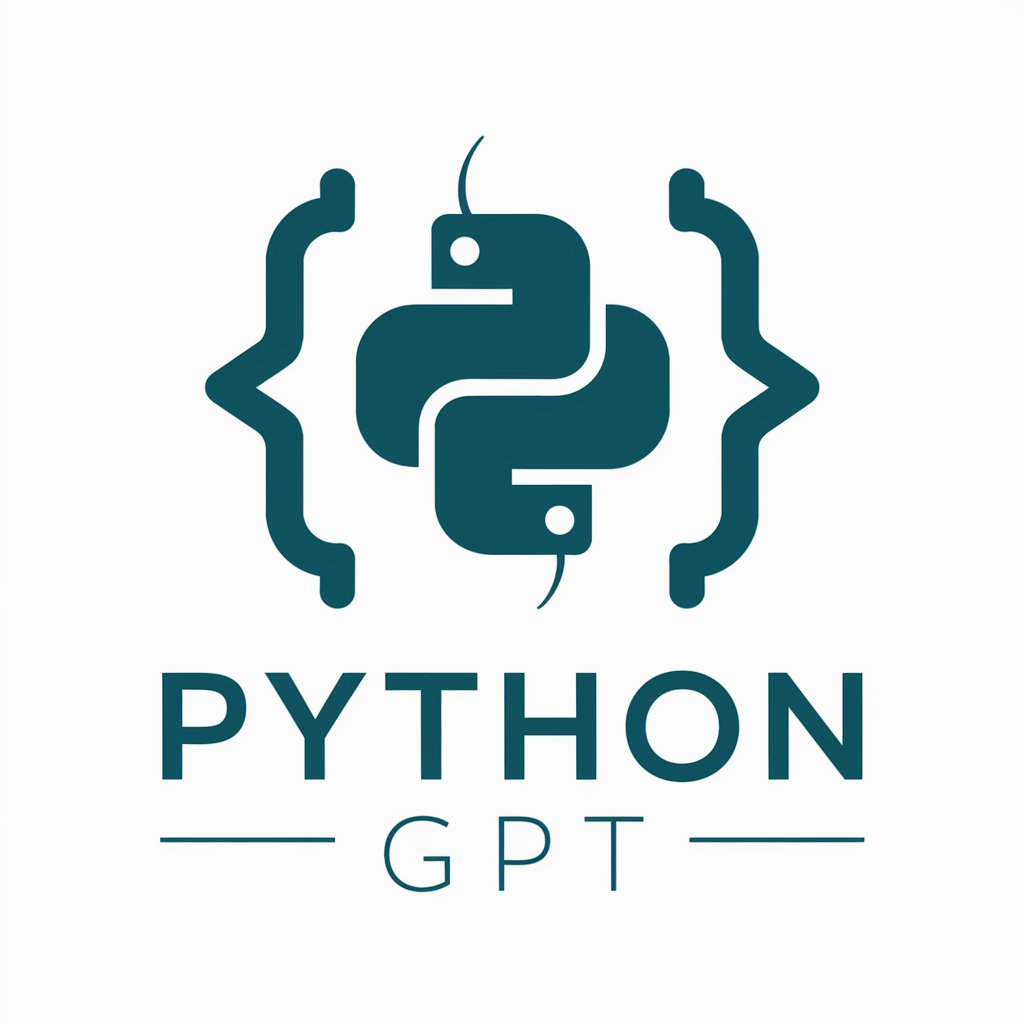
Lovely Toy
AI-powered toy generator

OpenAIAPI Guide by GuideGPTs
Unlock the power of AI with ease.
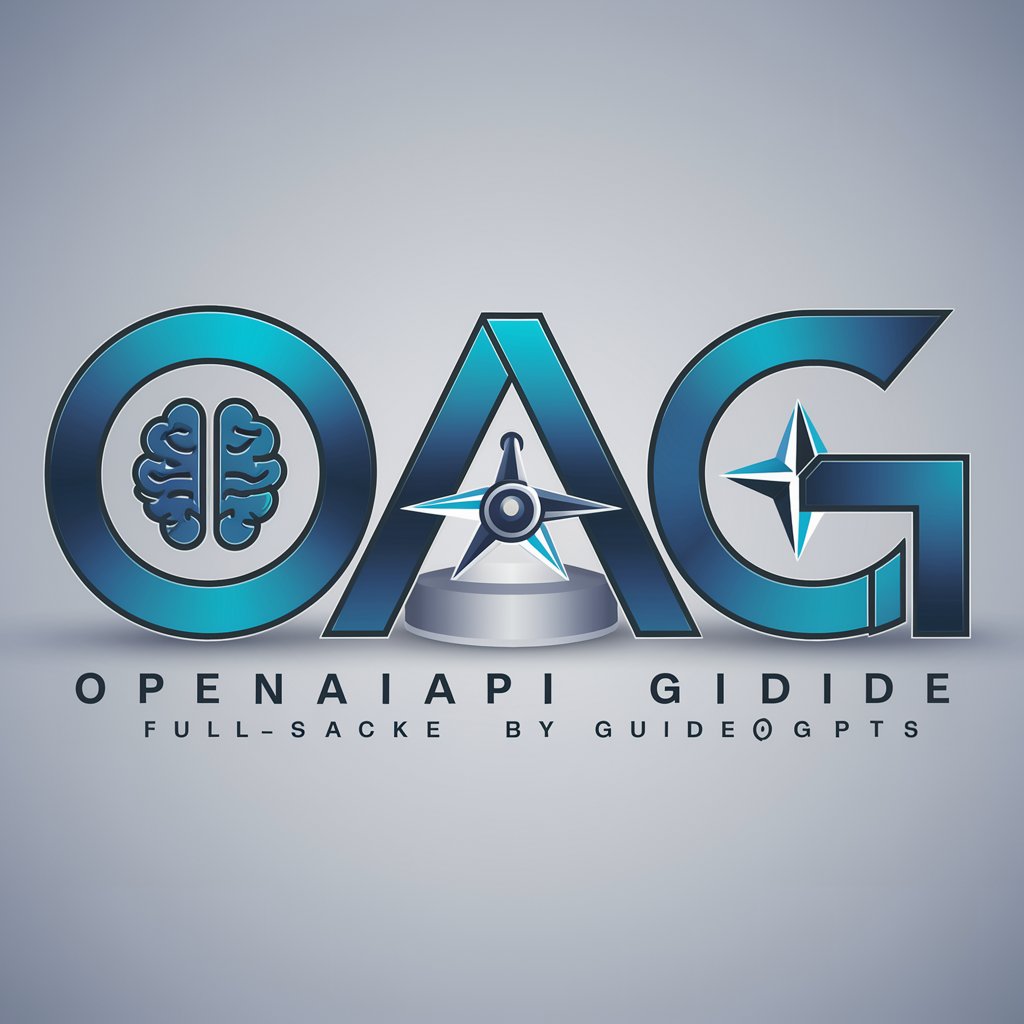
English teacher
AI-powered bilingual language mastery

Code Guru
Unleash AI power for programming mastery.
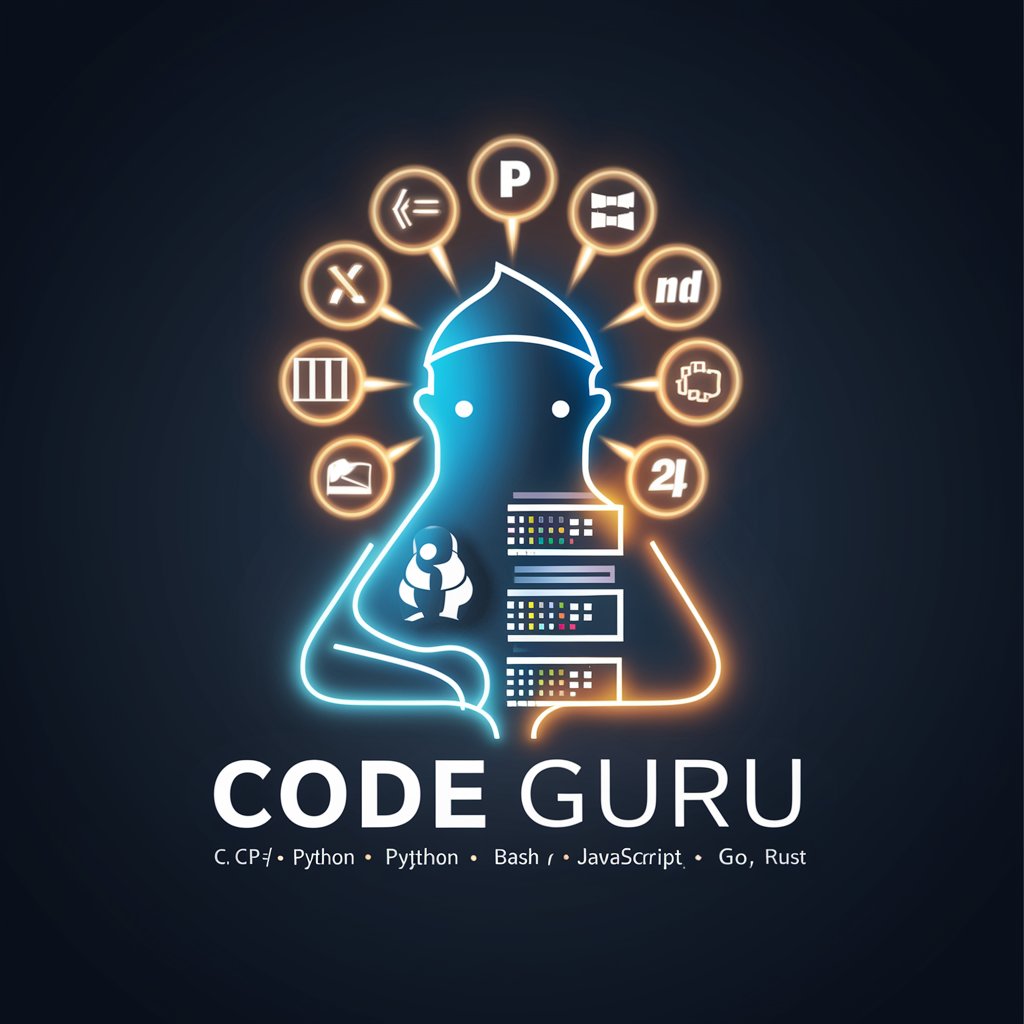
SEO Pirate
Empowering SEO with AI insights.

Design to XAML
Turn Designs into XAML Seamlessly
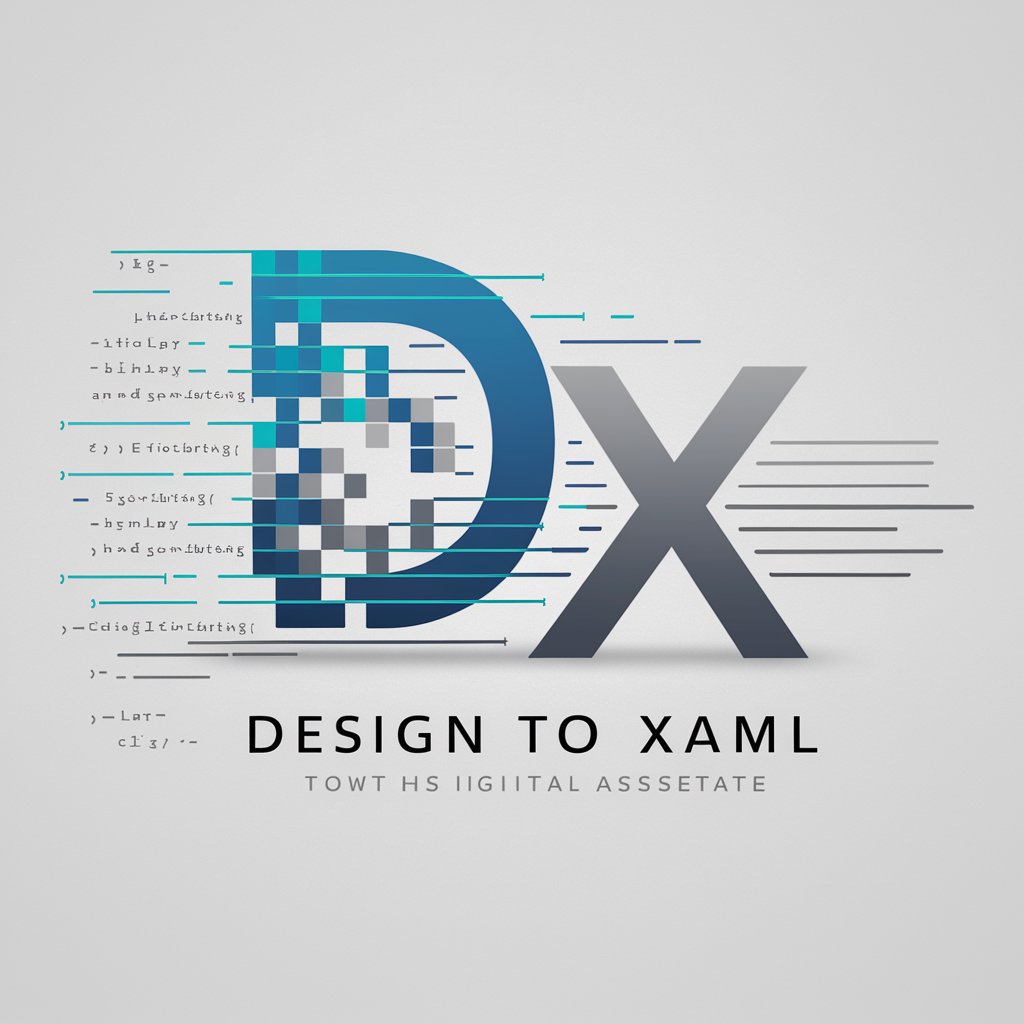
Code Mentor
Empowering programmers with AI-guided solutions.
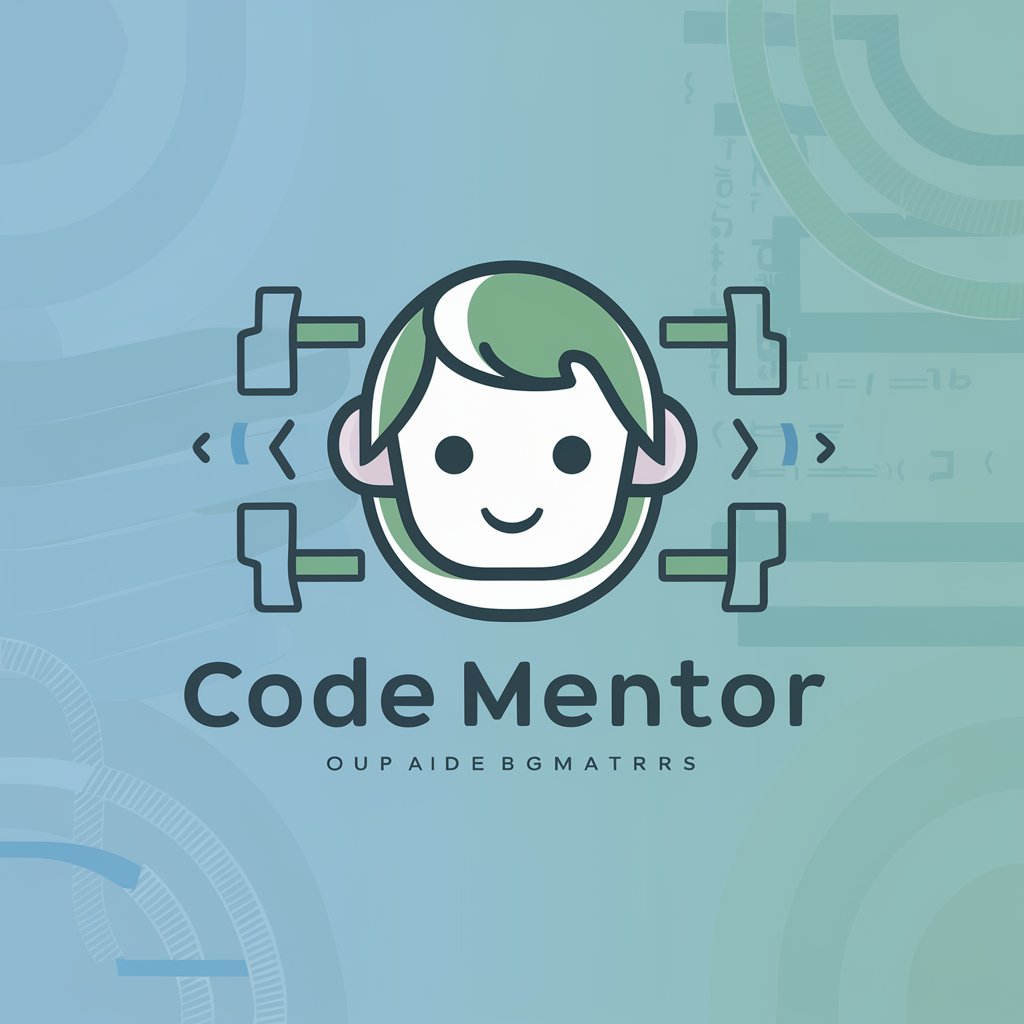
中英翻译
Translate effortlessly with AI precision.

Kubernetes
Empowering Kubernetes deployment with AI.
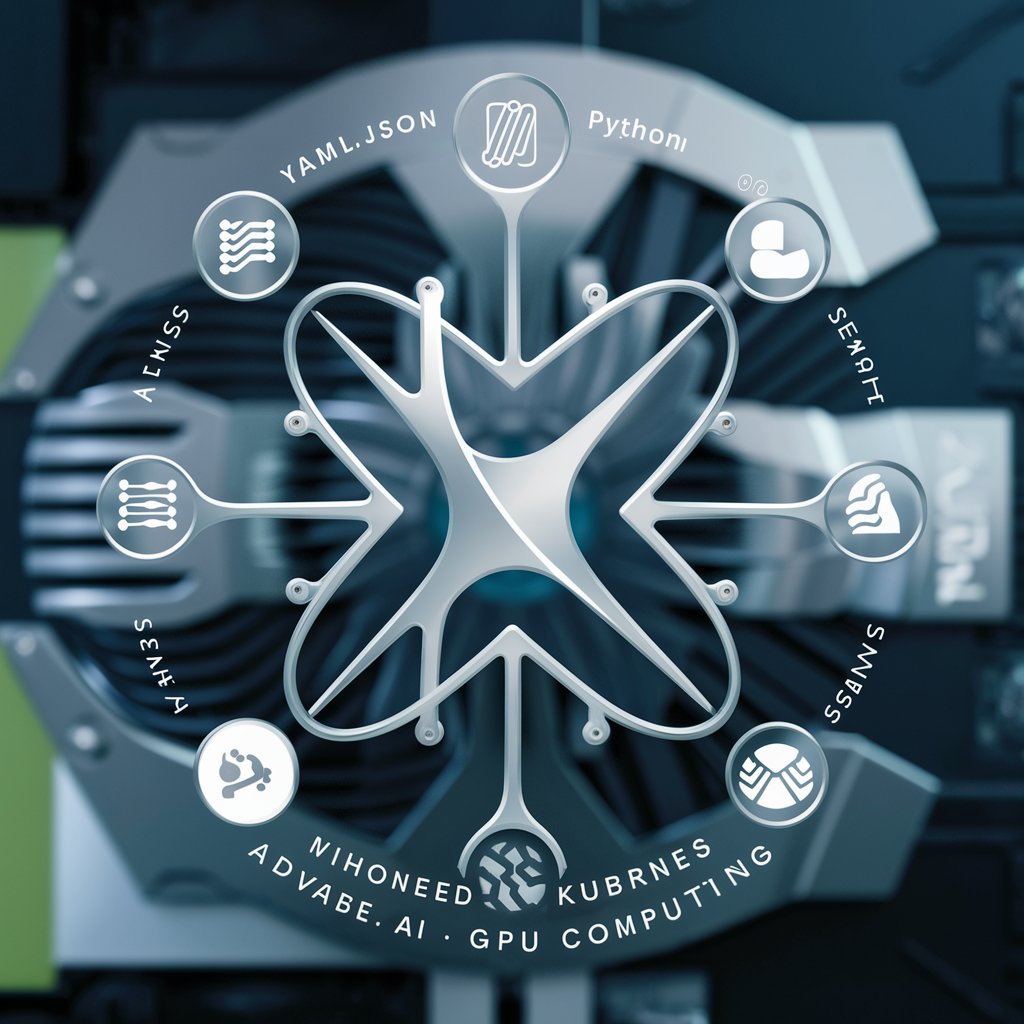
Synthetic Data
Experience the future of data with AI-generated synthetic intelligence.

TypeGPT
Empower your TypeScript development with AI.
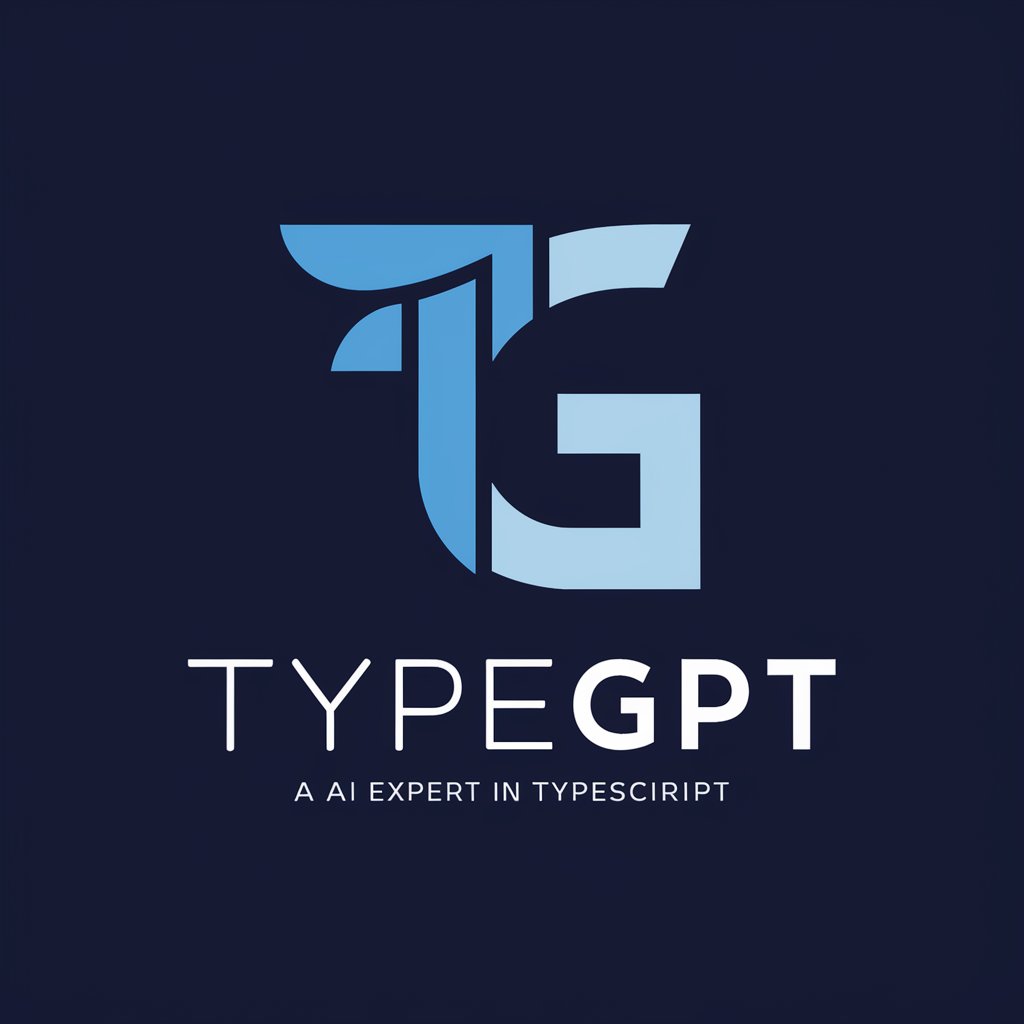
Dynamics and Relativity Q&A
What is Dynamics and Relativity?
Dynamics is the branch of physics concerned with the study of forces and their effects on motion. Relativity refers to the theory of relativity, developed by Albert Einstein, which describes the fundamental nature of space, time, and gravity.
What are the main principles of Dynamics?
The main principles of Dynamics include Newton's laws of motion, which describe the relationship between the motion of an object and the forces acting on it.
How does Relativity impact our understanding of the universe?
Relativity revolutionized our understanding of space, time, and gravity. It predicts phenomena such as time dilation, length contraction, and gravitational lensing, which have been confirmed by experiments and observations.
What are some common applications of Dynamics and Relativity?
Dynamics is applied in engineering, astronomy, biomechanics, and many other fields to analyze and predict the motion of objects. Relativity has applications in cosmology, GPS systems, particle physics, and gravitational wave astronomy.
How can I use Dynamics and Relativity to solve physics problems?
You can use Dynamics and Relativity tools to solve physics problems by inputting relevant equations, variables, and conditions. The tool will then provide step-by-step solutions, explanations, and numerical results to help you understand and solve the problem.
